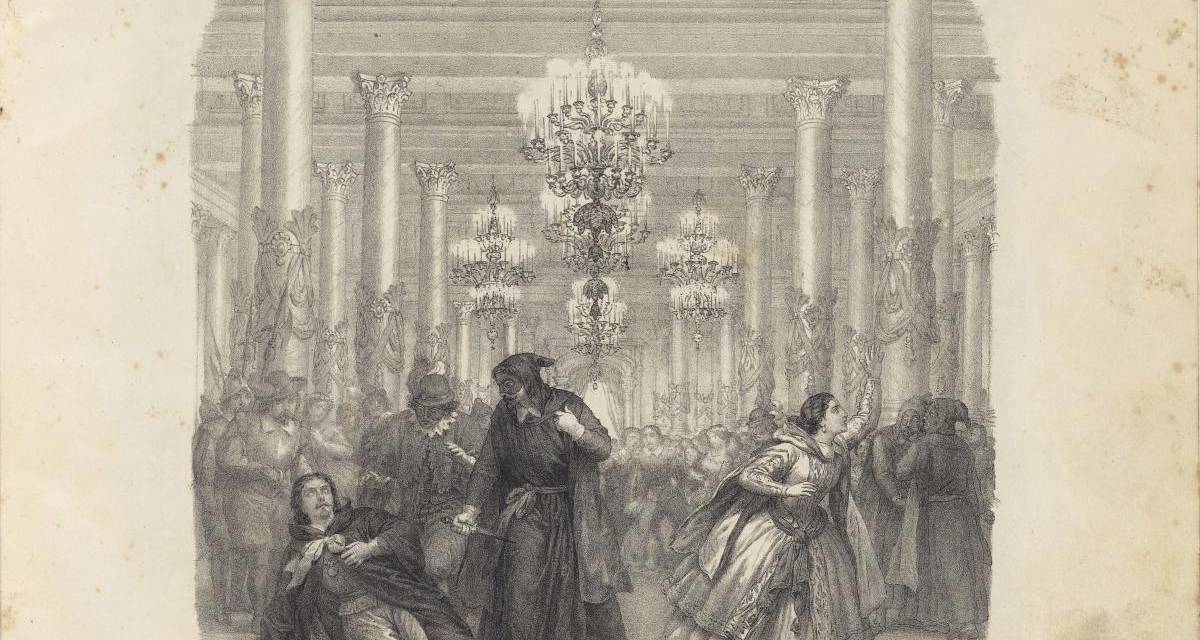Essentially the critical edition – sometimes referred to as the urtext – of a text, including a musical work, is a scholarly version that rather than replicating the text of a single document instead presents a corrected text compiled from several sources – an attempt to establish a ‘best text’ through comparison of various versions.
The idea is to recreate as closely as possible the work as it was intended to be by the writer. This requires intensive study of all available sources by a panel of experts in order to produce a definitive version.
These sources can include written copies of manuscripts, printed editions and historical documents such as letters to and from the original work’s author or composer, the writer’s notes or even written reviews of the first performances.
Opera as an artform is about 400 years old and over the centuries scores become lost, revised by the author, amended by editors or even deliberately distorted by censors. Errors creep into hand-copied scores and even printed editions can contain mistakes or might not have been taken from the authorised version. In fact the score for the work generally considered to be the world’s first opera, Jacopo Peri’s Dafne (1597) is almost totally lost, with just six fragments having survived.
As scores get reproduced and copied over the years, they can end up very different from what the composer originally wrote. This is especially so for older works, but is also true for more modern operas, which may be edited to fit new translations or to work with different orchestras.
The scores that are in use today might differ drastically from the composer’s original text. To experience the opera as the composer intended, then, it becomes necessary to establish a historically accurate version.
Creating the critical edition is highly interpretive and challenging. It requires a close reading of all available versions of the text, as well as analysis of the entire performance history of a work and historical and social evidence.
This last source is particularly interesting. It can include letters, the composer’s diary (if they kept one), margin notes, newspaper reviews of the first performances and more. All this information provides an insight into the composer’s original intentions. It might also explain why certain changes were made – if an opera was badly received, for example.
The team of editors will use a copy text – also known as a base manuscript – as the principal source. This is usually what is considered to be the most authoritative manuscript; this will be the composer’s autograph manuscript, if available. This is a document written in the composer’s hand.
The editors will accept the reading of the copy text, except where there is good reason not to do so. In such cases they will ‘correct’ the base manuscript using the variants from other texts. There are many reasons to question the autograph manuscript; these might include the composer’s bad penmanship (Beethoven, for example, had terrible handwriting) or their having revised the work after publication.
The text should be sensitive to modern needs, though, and there will be times when the original score simply can’t be recreated. Some parts might have been written for instruments that aren’t part of today’s orchestras, for example, or the composer might have used musical notation that isn’t in use now.
The critical edition should give the performer an accurate-as-possible representation of the composer’s ideas, but the player must still be able to understand and interpret the music. Listening to such a performance, the audience can be sure they are experiencing the opera as closely to the composer’s intentions as possible.
Image
Frontispiece to the 1860 vocal score of Giuseppe Verdi’s Un Ballo in maschera (A Masked Ball) published by Ricordi. Verdi played no part whatsoever in preparing the printed scores; almost all printed editions of his works were prepared by Ricordi after Verdi’s death in 1901. A critical edition of the complete works of Verdi undertaken jointly by The University of Chicago Press and Casa Ricordi aimed to correct deviations from the composer’s original text (Harvard Library; Wikimedia Commons).

